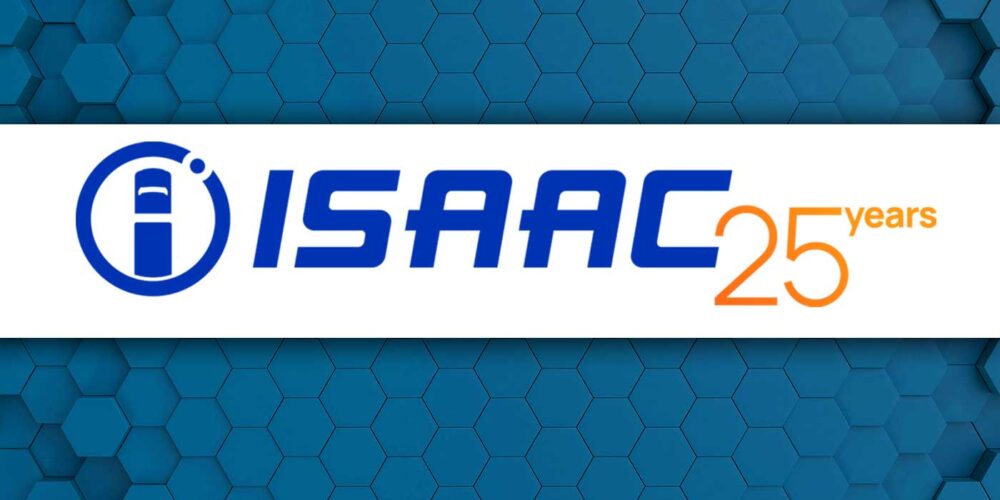As electric trucks roll off factory floors and into test applications, the business case picture begins to sharpen. Today, the conversations quickly turn to infrastructure demands, potential energy cost projections, and equipment leasing and ownership business model options. But let’s not lose sight of the equipment side of things—remember that the manufacturers themselves are still trying to answer electric vehicle manufacturing questions.
Peterbilt’s latest announcement of its all-electric medium-duty Model 220EV highlighted the use of the Meritor Blue Horizon two speed drive eAxle. If we flash back to last July, I took a ride in a Peterbilt 579 that utilized an Eaton AutoShift 10-speed transmission that only employed approximately five gears via TransPower’s electric drive motor integration. Two different trucks, two different electric drive system approaches.
“With electric trucks, all of the torque is at 0 MPH, so they’re really great at launching, but when they get up to highway speed, they start to lose power,” said Bill Kahn, PeterbiltMotors Co.’s principal engineer and manager of advanced concepts. “So you can either put a transmission box behind the electric motor [Model 579] or you incorporate a two-speed box into the axle [220EV].”
According to Scott Newhouse, Peterbilt’s chief engineer, putting two different architectures into test service is all about finding the right engineering approach.
“It’s opening our eyes to possibilities,” he said before explaining that the medium-duty cab-over 220EV outfitted for pick-up and delivery applications provides enough inside frame rail space to house the batteries, whereas the all-electric Model 579 Class 8 Peterbilt sports its battery packs on the outside frame rail because the electric motors are between the frame. The Meritor Blue Horizon eAxle puts the electric motors at the center of the axle, freeing up that space. “We see a value in understanding the packaging benefits of the batteries, but it does add some additional challenges when you move that weight from the center of the frame onto the axle itself. We will learn about what that means to the ride, but we’ve been very happy with what we’ve seen to date as far as the impact on the ride. We’ll put it in the customer’s hands, put some miles on it, and we’ll start to understand the impact even more.”
Peterbilt was tight-lipped about whose hands the 220EV will end up in later this summer; the aforementioned Model 579, however, went into service at the Port of Long Beach last May. Peterbilt was also tight-lipped about the lessons learned in that specific application, but Kahn quipped: “We have the potential to out-perform a diesel truck in any and every specification except for range.”
This is a big sticking point for fleets and a huge challenge for OEMs. But it’s a compelling challenge.
“Looking at a 200-mile heavy-duty electric truck,” Kahn began, “when you compare it per-mile to a diesel truck, it’s interesting because you’re talking about $26 to charge an electric truck versus $100 worth of diesel. Then you look at maintenance costs for electric trucks, which are lower. So a 200-mile comparison is very interesting.
“Another really interesting thing,” Kahn continued because, like Newhouse, Bill is one of those rare engineers who can translate his engineering passion into layman’s terms and when he’s on a roll, you let him go, “was when we started, essentially, electrifying the bodies. The electric truck was running a hydraulic pump out of the bodies, but then we thought, ‘What happens if I electrify the body?’ Then we can operate the body more efficiently and move the performance impact out of the vehicle driveline.”
Figuring out the practical application and, as Newhouse puts it, product design “approach” is one thing; making it scalable at a manufacturing level is another. Finding enough common ground between the electric truck configuration approaches to support scalability will be key to a manufacturer’s electric truck success.
Newhouse believes that a common architecture is a “reasonable goal.”
“It’s why we’re taking the approach we’re taking and evaluating different architectures,” he stressed. “When you consider applications—refuse is a different cycle than drayage—you see a truck’s ability to pull different cycles, drivability, and things like that. We’re learning a lot by putting them to work across multiple applications and applying multiple architectures.”













